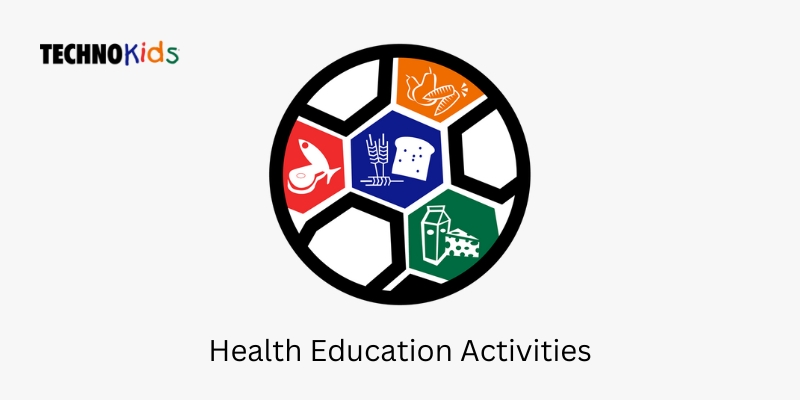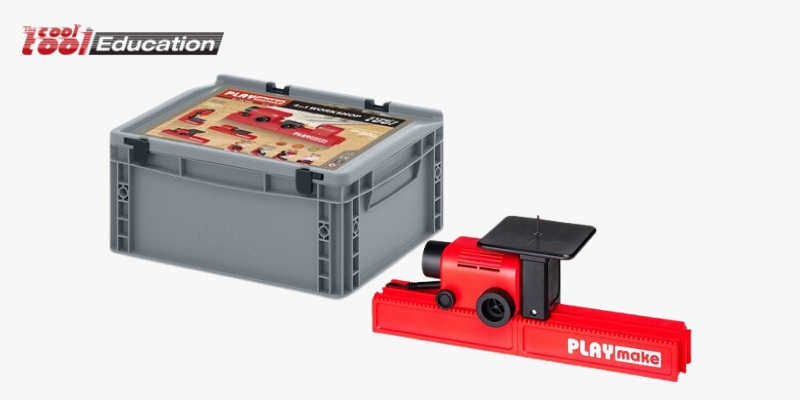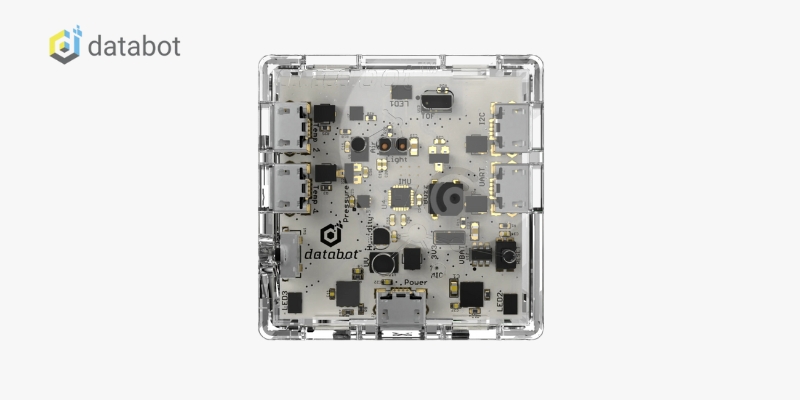
Building Excellent Healthy Habits with TechnoFit Course by TechnoKids
Health and nutrition are key to living a happy and energetic life, and childhood is the perfect time to develop these habits. The TechnoFit course by TechnoKids is designed for children aged 7-10, or those in Grades 2-5, to learn how to live healthier lives. This fun program inspires kids to focus on proper nutrition, regular exercise, and overall wellness. Using Microsoft Publisher, students create projects like food guides, fitness posters, menus, and more as they take on the exciting “Be Fit Challenge”
Joining the TechnoFit Club
In Session 1, students join the TechnoFit Club (TFC) and adopt its motto: “Eat Right, Be Fit, Live Well!” This session introduces the importance of health and fitness through an engaging video called “The Be Fit Challenge.” It helps kids understand the basics of leading a healthy lifestyle.
Making the Be Fit Food Guide
In Session 2, students get creative by designing their own Be Fit Food Guide using Microsoft Publisher. This activity teaches them to group foods into categories like fruits, vegetables, proteins, and grains. They use pictures and text boxes to make the guides visually appealing. Watching the “Eat Right” video helps them understand the importance of balanced meals and making healthy food choices. The TechnoFit course by TechnoKids ensures that students grasp these impactful concepts while having fun. Schools in Dubai can greatly benefit from integrating such engaging and educational programs into their curriculum.
Creating a Fitness Poster
In Session 3, students learn about the importance of exercise and create a fitness poster. Using tools in Publisher, they add WordArt, clip art, and text boxes to design colorful posters showing fun ways to stay active, like dancing, swimming, and playing sports. This activity highlights the benefits of exercise while teaching design and layout skills, another key feature of the TechnoFit course by TechnoKids.
Planning the Be Fit Challenge Event
By Session 4, students start preparing for the upcoming Be Fit Challenge Event. This celebration features fitness activities and healthy, tasty food. Students create a detailed menu in Publisher to showcase nutritious meal options. They also choose the best publication type, like a flyer or menu, to ensure the presentation is clear and engaging. This hands-on planning experience is a core part of the TechnoFit course by TechnoKids.
Designing Invitations
In Session 5, students create invitations for the Be Fit Challenge Event. They use sample files for inspiration and craft professional-looking invitations with Publisher. This activity helps them practice formatting text, resizing objects, and arranging elements for a polished design. The invitations aim to excite recipients about the event.
Celebrating Achievements
The course concludes with Session 6, where students celebrate their achievements as TechnoFit Club members. Before the event, they design personalized certificates in Publisher to recognize their efforts to eat right and stay fit. These certificates serve as a reminder of their accomplishments and motivate them to maintain healthy habits.
Fun and Educational Activities
The TechnoFit course by TechnoKids includes engaging activities, videos, and worksheets to make learning fun. Students use Publisher’s tools to:
- Create and format text boxes. By implementing the TechnoFit course by TechnoKids in schools in Dubai, educators can provide a fun, hands-on approach to learning about health and technology.
- Insert clip art and WordArt.
- Group foods into categories.
- Design effective layouts.
- Work on publications with multiple pages.
These tasks teach children about health and nutrition while building valuable technical skills.
Encouraging a Healthy Lifestyle
TechnoFit goes beyond teaching—it empowers. The program’s fun activities and essential health lessons help kids understand the value of healthy choices. Videos like “Eat Right” and “Be Fit” provide helpful guidance, while projects like posters, guides, and menus show practical ways to apply what they’ve learned. By participating, children actively promote wellness.
Building Healthy Habits for Life
The Be Fit Challenge is more than just a one-time event—it’s a starting point for lifelong healthy habits. TechnoFit combines lessons on nutrition and fitness with creative projects, providing a complete approach to health education. Students leave with new design skills and a clear understanding of how to live healthily. They become ambassadors of the TFC’s motto in their daily lives.
The TechnoFit course by TechnoKids shows that health education can be fun, interactive, and meaningful. By using Microsoft Publisher, students gain valuable design experience while learning important lessons about nutrition and fitness. With exciting activities, creative challenges, and a celebratory event, kids discover that living a healthy lifestyle can be enjoyable. As members of the TechnoFit Club, they take their first steps toward a healthier, brighter future—one food guide, fitness poster, and certificate at a time!







Recent Comments